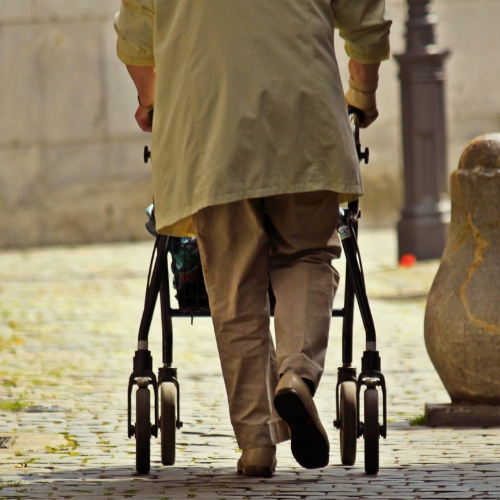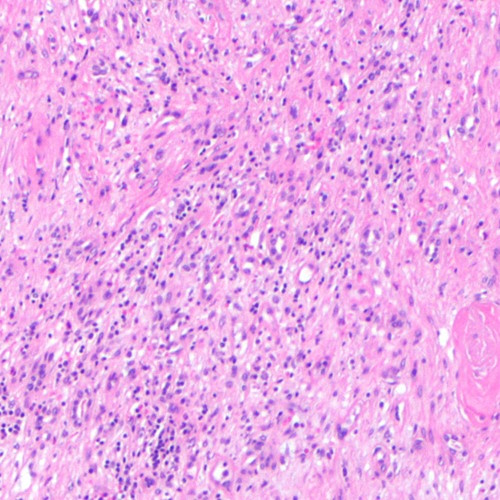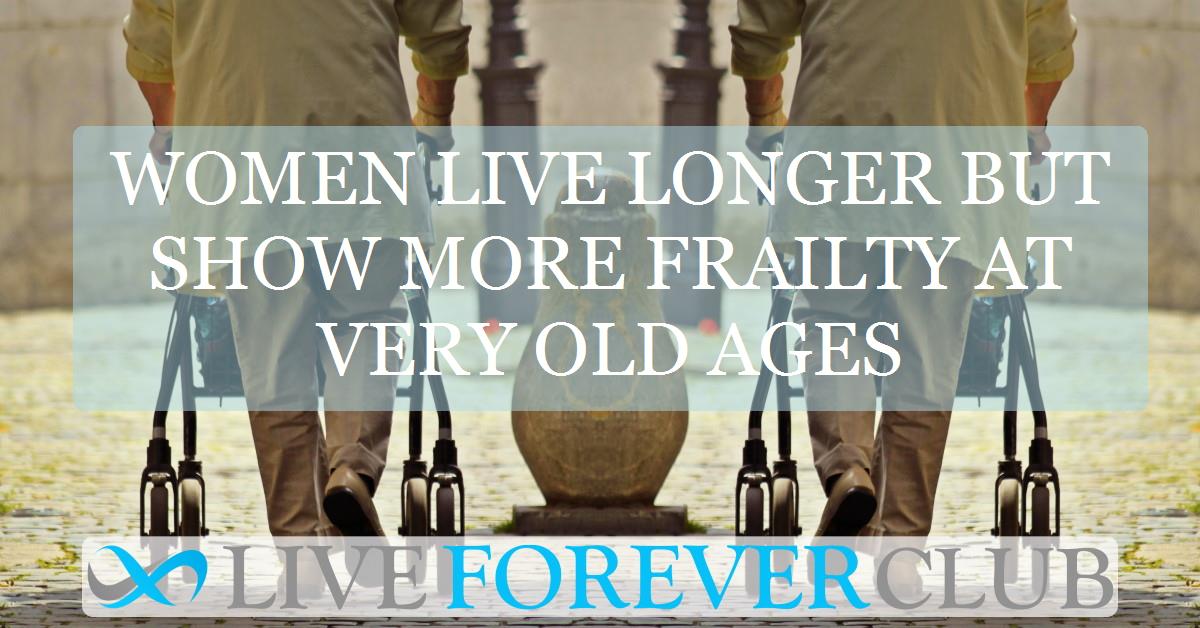The world is aging rapidly. By 2050, one in five people will be 60 or older. Women will make up most of this group. They live longer than men but often experience more health issues. This contrast forms what scientists call the “sex-frailty paradox.”
The paradox reveals a strange truth. Women live longer but tend to be frailer. Men die younger but often stay healthier until later in life. Why does this happen? A new study published in Aging Clinical and Experimental Research explores this mystery through biology, inflammation, and the science of aging.
Aging, Immunity, and Inflammation
Aging changes every system in the human body. Over time, molecular and cellular damage accumulates. This damage weakens our organs and immune system. One critical process in aging is immunosenescence, which means the immune system becomes less efficient.
As immunity declines, the body enters a chronic state of low-grade inflammation called inflammaging. This condition fuels age-related diseases, such as heart problems, diabetes, and dementia. Scientists believe inflammaging plays a major role in frailty and longevity.
Exploring the Sex-Frailty Paradox
The researchers, led by Beatrice Arosio at the University of Milan, studied 452 adults from Northern Italy between 2012 and 2022. The participants included 315 women and 137 men, aged between 43 and 114 years.
To measure frailty, scientists used a Frailty Index (FI), which scores health deficits across 47 variables. They also analyzed blood samples for inflammatory and neurodegenerative markers such as IL-6, TNF-α, TNFR1, sTREM-1, sTREM-2, and neurofilament light chain (NfL).
Participants were grouped by age:
≤ 80 years
81–99 years
≥ 100 years
Key Findings: Women Age Differently
The study found fascinating sex-based differences:
Women under 80 were less frail than men of the same age.
Women between 81 and 99 showed similar frailty to men.
Women aged 100 and above were more frail than male centenarians.
These results mirror global patterns. Women often live longer but spend more years with illness or disability. Men’s health tends to decline faster, but they die earlier, often from acute diseases like heart attacks or strokes.
The Role of Inflammatory Biomarkers
Inflammation levels varied significantly between men and women.
Men under 80 showed higher levels of IL-6, TNF-α, IL-10, and sTREM-1.
Men aged 81–99 still had elevated IL-6 and TNFR1 compared to women.
Centenarian men had lower NfL levels, suggesting better nerve health.
These markers tell a story about how men and women age at the cellular level. Men’s higher inflammatory levels suggest faster immune aging, which may shorten lifespan. Women’s immune systems age more slowly but respond differently to chronic inflammation.
Inflammaging and Gender Biology
Men and women face different biological challenges as they age. Men experience faster immune decline, leading to more aggressive diseases. Women, on the other hand, develop more chronic but less fatal conditions.
In women, hormones like estrogen play a major protective role. Estrogen regulates inflammation and supports immune balance. As women age and estrogen levels drop, inflammation rises, increasing frailty.
In men, testosterone affects inflammation differently. Its decline may lead to increased inflammatory cytokines such as IL-1β, contributing to frailty and vascular risk.
Neurodegeneration and Frailty
The marker NfL (neurofilament light chain) helps measure neuronal damage. Both sexes showed increased NfL with age. However, in men, NfL strongly correlated with frailty. This suggests men may suffer more from neurological damage related to chronic diseases like heart failure or stroke.
Centenarian men had lower NfL levels than women, possibly indicating a selection effect. Only the healthiest men survive to extreme old age.
What the Findings Mean for Longevity
The research highlights clear biological patterns behind the sex-frailty paradox:
Men age faster at the immune level.
They show higher inflammatory markers early in life. This accelerates chronic disease and mortality risk.
Women experience a slower, more chronic aging path.
Their inflammation rises later but stays longer, leading to frailty and disability rather than early death.
Centenarians reveal resilience.
Both men and women who reach 100 have balanced inflammation. Their bodies adapt better to the stresses of time.
This balance between pro-inflammatory and anti-inflammatory signals may be the secret to exceptional longevity.
Implications for Health and Medicine
Understanding the biological roots of the sex-frailty paradox can transform healthcare. It encourages doctors and scientists to design sex-specific strategies for healthy aging.
For example:
Men may benefit from early cardiovascular and anti-inflammatory interventions.
Women might need support managing chronic inflammatory conditions during post-menopause.
Targeted therapies could include personalized nutrition, hormone-based treatments, and anti-inflammatory programs tailored by sex and age.
Limitations and Future Research
The study had some limitations. The number of male participants was smaller, reflecting real-world demographics. Researchers also excluded people with major inflammatory diseases, which limits generalization. Additionally, lifestyle factors like smoking and diet were not fully analyzed.
Despite these limits, the study provides strong evidence that sex differences in aging are rooted in biology. Future research will explore how genetics, hormones, and environment interact with inflammation to shape frailty and longevity.
A Deeper Look at Inflammaging
The term inflammaging captures the delicate balance of survival and decline. A mild, controlled level of inflammation helps the body repair itself. But chronic, low-grade inflammation slowly damages tissues and organs.
In men, inflammaging appears more intense and harmful. In women, it is more persistent but adaptive. This difference may explain why women survive longer despite higher frailty scores.
Long-lived individuals seem to master this balance. They maintain anti-inflammatory resilience, preventing runaway immune activation. This equilibrium could be the biological foundation of extreme longevity.
Conclusion: Aging with Balance
The study by Arosio and colleagues deepens our understanding of how men and women age differently. It confirms that longevity and frailty are not simple opposites. Instead, they emerge from a complex dance of biology, immunity, and resilience.
Women live longer because their bodies sustain life despite chronic strain. Men live shorter lives because their systems collapse more suddenly under inflammation. Yet both sexes carry unique strengths in the aging journey.
The key to healthy aging lies in maintaining balance—between inflammation and repair, stress and adaptation, frailty and endurance. As research continues, embracing sex-specific approaches to aging could help everyone live not just longer, but better.
The study is published in the journal Aging Clinical and Experimental Research. It was led by Beatrice Arosio from the University of Milan.






